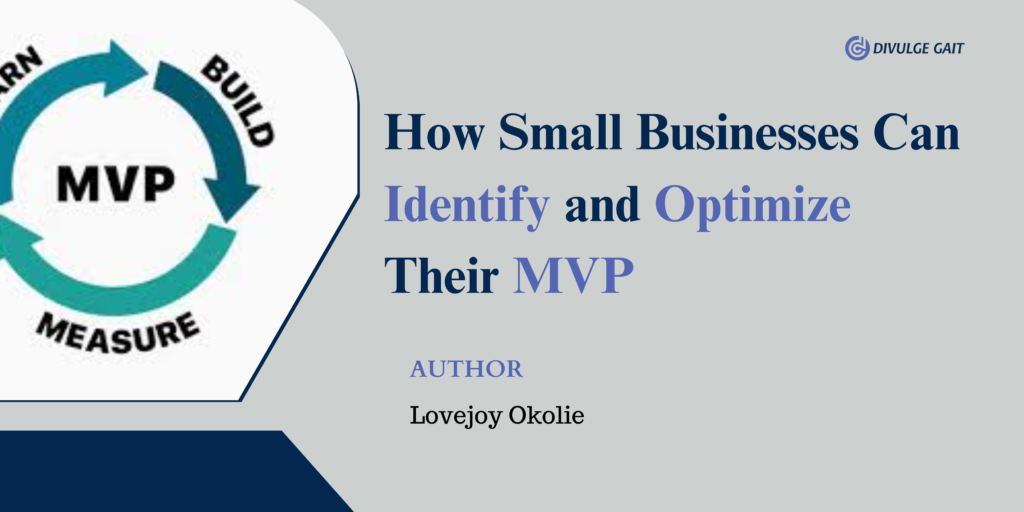For small businesses, the journey from an idea to a successful product often hinges on identifying and optimizing a Minimum Viable Product (MVP). The MVP is a version of a product with enough features to attract early adopters and validate a product idea early in the development cycle. Here’s a comprehensive guide on how small businesses can identify their MVPs and optimize them effectively.
Identifying Your MVP
1. Understand Your Market and Customer Needs
Start by conducting thorough market research to understand the pain points and needs of your target audience. Engage with potential customers through surveys, interviews, and focus groups to gather insights. This data is crucial in defining the core features of your MVP.
2. Define the Problem and Solution
Clearly articulate the problem your product aims to solve. Your MVP should address this problem with a simple, yet effective solution. Focus on delivering core functionalities that provide value to your users, rather than a feature-rich product.
3. Outline Key Features
List down the essential features that your MVP must include. These features should solve the primary problem identified and be appealing enough to engage early adopters. Avoid overloading your MVP with too many features which can dilute its purpose and increase development time.
4. Develop a Value Proposition
Create a compelling value proposition that explains why your MVP is unique and why potential customers should choose it over existing solutions. This value proposition will guide your marketing efforts and help you attract early users.
5. Build a Prototype
Before diving into full-scale development, create a prototype or mockup of your MVP. This can be a simple sketch, a clickable wireframe, or a basic version of your product. Use this prototype to gather feedback and make necessary adjustments.
How to Optimize Your MVP
After your MVP is live, keep collecting input from users using surveys, feedback forms, and user testing sessions to learn more about their preferences and experiences. Examine this input in order to spot patterns and areas that need work, paying particular attention to user behavior, satisfaction scores, and any problems. Utilize this information to prioritize features and enhancements that improve user experience and address issues found as you iterate your MVP. Agile development methodologies are especially useful for quickly and iteratively improving software in response to customer feedback.
Monitor essential performance metrics (KPIs) including user interaction, retention percentages, and conversion rates to assess your MVP’s effectiveness and make informed choices. After your MVP has demonstrated its worth and efficacy, scale your product by increasing its features and user base.
Conclusion
Identifying and optimizing an MVP is a critical step for small businesses aiming for long-term success. By focusing on customer needs, delivering a value-driven solution, and iterating based on feedback, you can develop a product that not only meets market demands but also sets the foundation for future growth.
Interested in optimizing your MVP? We can help you transform your business idea into a successful product. Book a free consultation today!!


